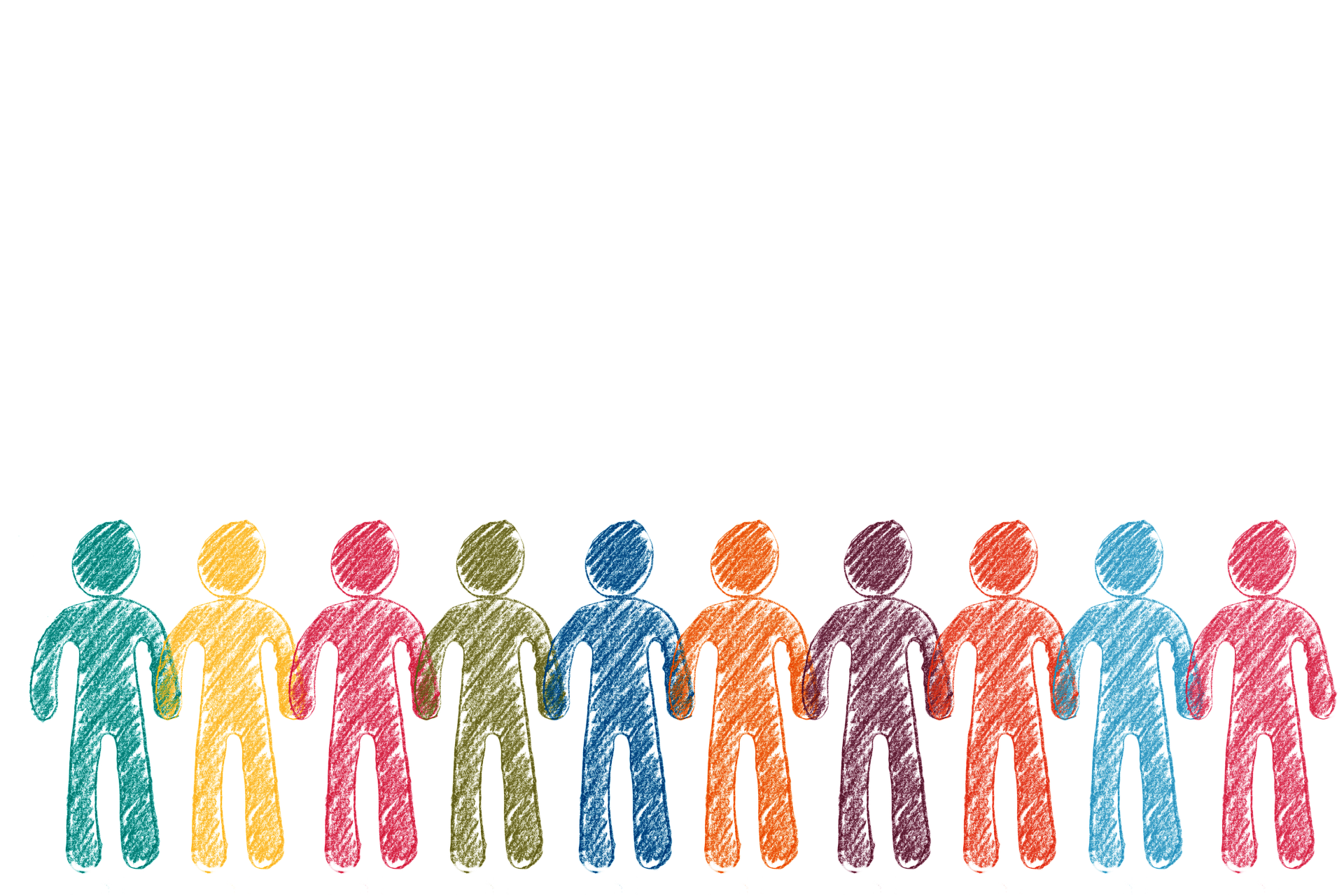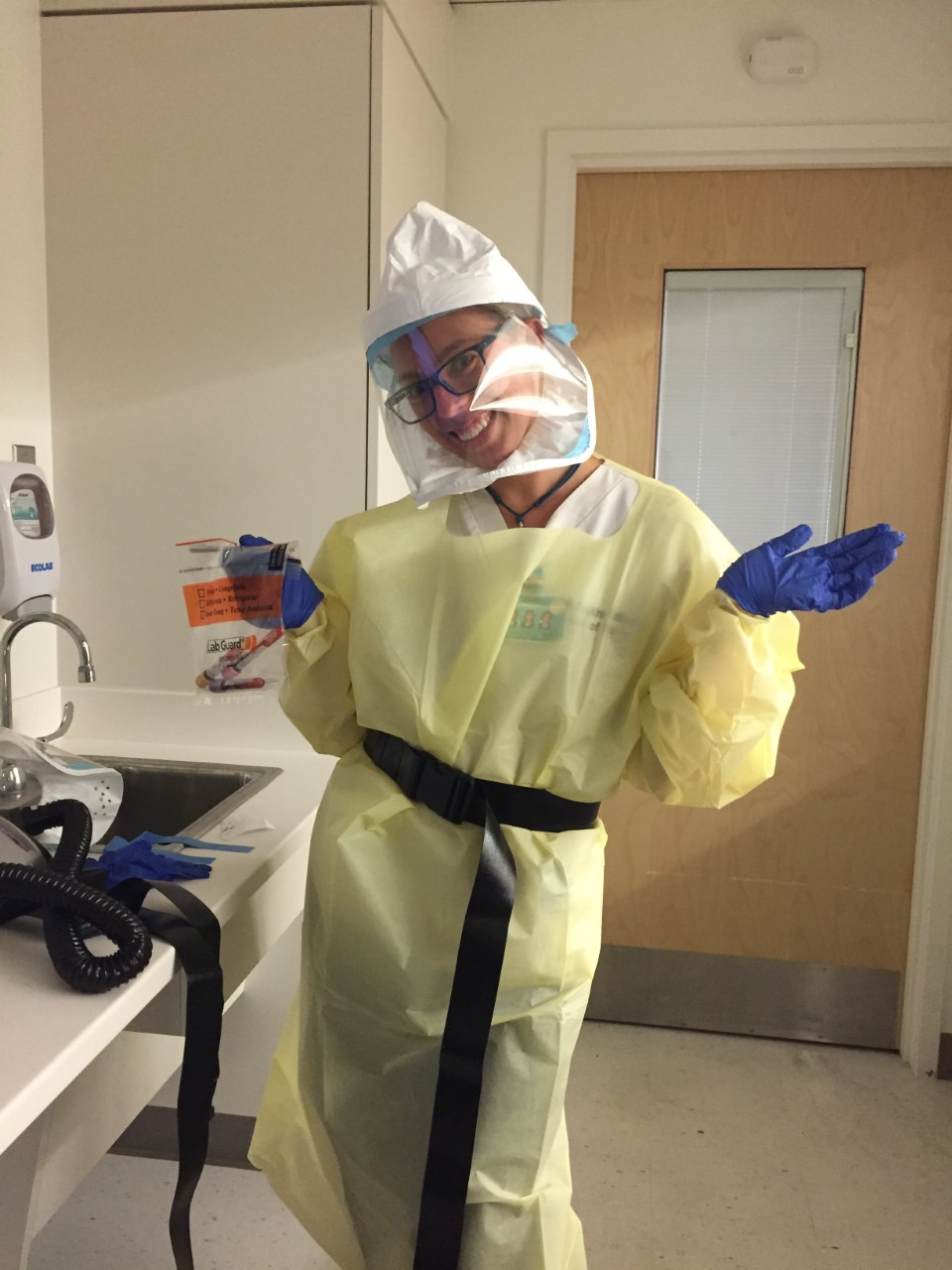By: Hillary Chu, MPH
We use pronouns every day to refer to ourselves and those around us. In the English language, pronouns can be gendered or gender-neutral. Most of the time, people synchronize their pronouns to match their gender identity; she usually refers to people who identify as women, he is regularly used by people who identify as men. Gender-neutral pronouns like they, ze, and xe may be used by people who do not identify as either women or men.
Prior to beginning the MSN (Entry into Nursing) program, I worked for the Office of Diversity and Equity in San Mateo County, California, where sharing pronouns was the norm. Every meeting started with an introduction: “My name is Hillary, I work for the Office of Diversity and Equity, and my pronouns are she, her, and hers.”
I am cisgender and am always addressed by my correct pronouns. But I really appreciate this practice because it communicates that everyone is welcome, and everyone deserves to be recognized. When organizations include pronouns with introductions, the result is the same: a more inclusive environment for everyone.
When we share our pronouns, transgender and gender non-conforming individuals aren’t the only people who have to share their pronouns. Referring to people by their correct pronoun shows respect and validates their gender identity. We should also avoid referring to “preferred” pronouns. People who are privileged to have their pronouns align with their gender identity may take for granted that our pronouns aren’t preferred—they simply are. And it should be that way for transgender and gender non-conforming individuals as well.
What can you do?
Add your pronoun to your e-mail signature!
If you use the school template, include your pronouns as a line beneath your name. To update your e-mail signature, go to Settings, and search Outlook settings for “Email signature.”
In clinical, introduce yourself with your pronouns and ask your patient how they would like to be called.
If you get a confused response, it’s pretty safe to assume that the patient’s pronouns match their gender identity—people who use pronouns that are different from what you would expect have probably given a lot of thought about which ones they use and why. (When I get a confused response, I usually just say, “Would you prefer your first name or last name?”)
In social settings, don’t misgender someone (use their incorrect pronoun).
Be an ally: correct others when they misgender a person who is not present to self-advocate. And don’t dwell on whether you got it right or wrong—just try harder next time.
Use pronouns in student group activities.
Include a question for pronouns in the registration for your events. At school events with name tags, write your pronouns onto your nametag. Once you start sharing your pronoun, you will find opportunities to do so everywhere!
Learn more:
- Fenway Health is a go-to resource for high-quality information on health care for the LGBTQIA+ community.
- Minus 18 provides resources for LGBTQIA+ youth, driven by youth.
- Gender Unicorn is a great resource if you’re confused about the differences among sex, gender identity, and gender expression.
This blog was written for International Pronouns Day, the third Wednesday of October. In recognition of this day, the Johns Hopkins School of Nursing, under the leadership and strategic direction of the Office of Diversity, Equity and Inclusion, led by Associate Dean Gloria Ramsey, invites community members to add our pronouns to our e-mail signatures. For more information about the history of pronouns and contemporary usage, attend the Gender Affirming Pronouns workshop presented by MSN (Entry into Nursing) student Theodore Tinnell at the JHU Diversity Leadership Council 16th annual Diversity and Inclusion Conference on October 18, 2019.
ABOUT THE AUTHOR
 Hillary Chu, MPH (she/her) is a 4th semester MSN (Entry Into Nursing) student. She is grateful to Theodore Tinnell for sharing resources and editing this post. Hillary previously worked for the Office of Diversity and Equity in San Mateo County, where her work centered around cultural humility and equitable access to behavioral health and recovery services. She is currently a Diversity, Equity, and Inclusion Fellow in the Office of Associate Dean for Diversity, Equity and Inclusion and is founder and co-chair of the Asian Pacific American Nursing Students Association. She recently updated her e-mail signature to look like this:
Hillary Chu, MPH (she/her) is a 4th semester MSN (Entry Into Nursing) student. She is grateful to Theodore Tinnell for sharing resources and editing this post. Hillary previously worked for the Office of Diversity and Equity in San Mateo County, where her work centered around cultural humility and equitable access to behavioral health and recovery services. She is currently a Diversity, Equity, and Inclusion Fellow in the Office of Associate Dean for Diversity, Equity and Inclusion and is founder and co-chair of the Asian Pacific American Nursing Students Association. She recently updated her e-mail signature to look like this:
Hillary Chu, MPH|MSN Student
Pronouns: She/her/hers
Johns Hopkins University School of Nursing
525 North Wolfe Street, Baltimore, MD, 21205
Email: hchu@jhu.edu

 The March Toward Trans Pride, with Baltimore Safe Haven
The March Toward Trans Pride, with Baltimore Safe Haven Gender Equality and Violence in the Congo
Gender Equality and Violence in the Congo Nurses, Ask for Pronouns to Signal Your Allyship—It’s More Important Than Ever
Nurses, Ask for Pronouns to Signal Your Allyship—It’s More Important Than Ever Coming Out to a Health Care Provider: What it Means for the Patient and the Nurse
Coming Out to a Health Care Provider: What it Means for the Patient and the Nurse When the Past Shapes the Future
When the Past Shapes the Future







